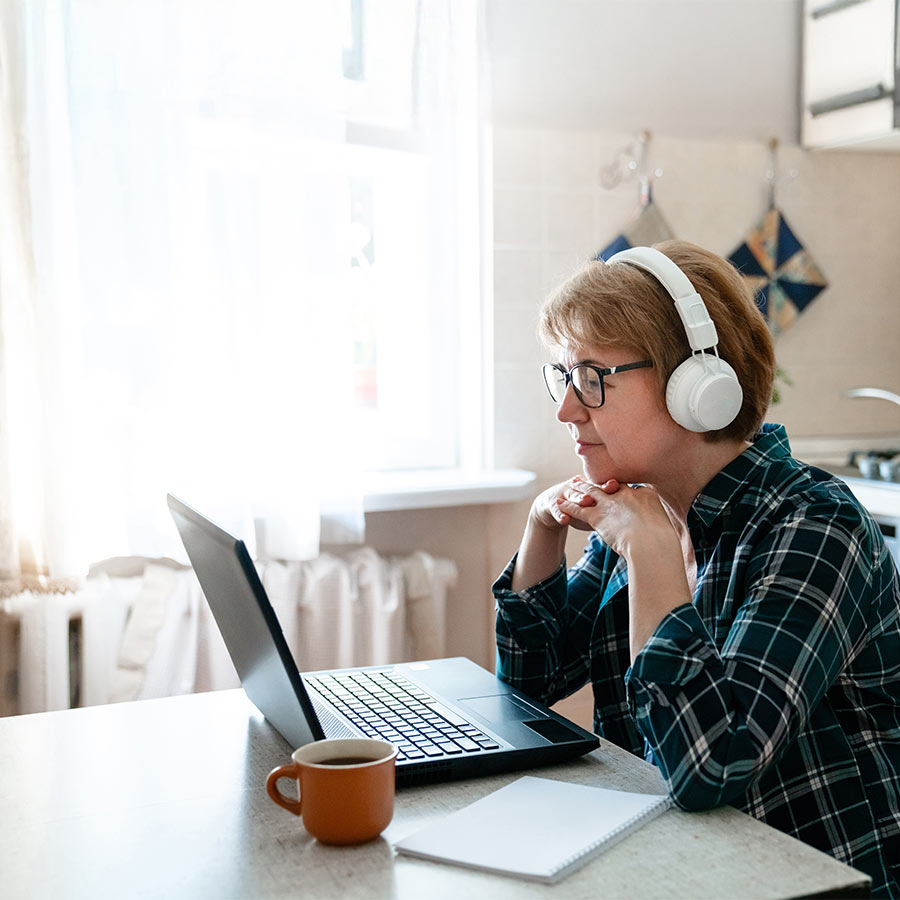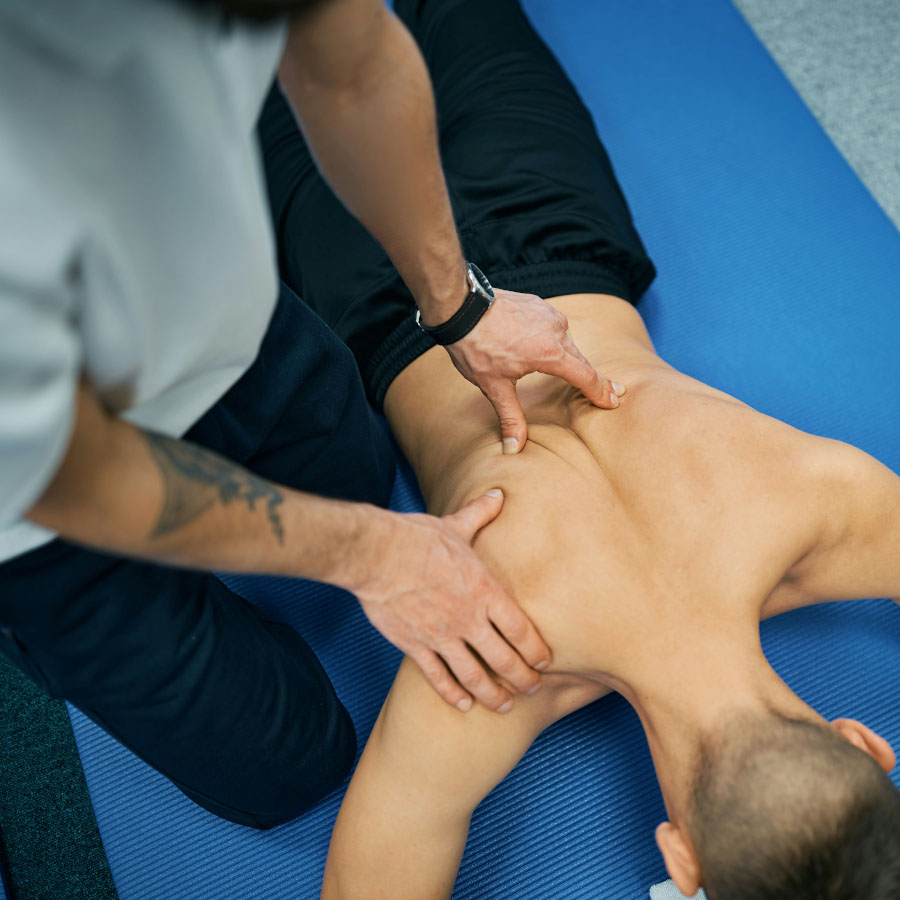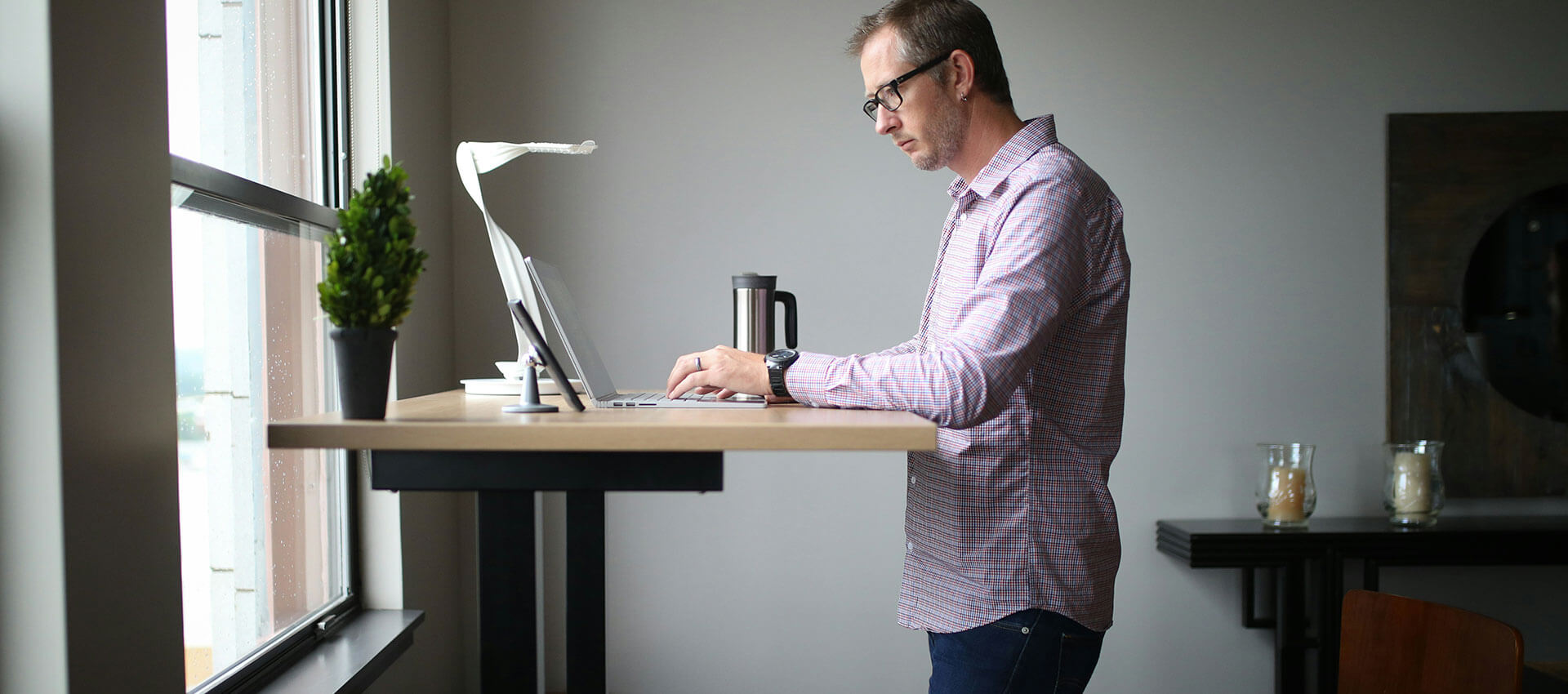In today’s modern working environment, many of us spend long hours seated at a desk, whether in an office or at home. This sedentary lifestyle can lead to discomfort – or worse, long-term health issues.
Prolonged sitting is linked to a wide variety of health risks, including musculoskeletal discomfort, reduced circulation, and even an increased risk of chronic diseases. Incorporating short bouts of activity throughout your day not only improves physical health – but also boosts your mental clarity and energy levels. Whether you’re at the office or working remotely, small changes can have a significant impact on your overall wellness.
There are numerous ways to keep active throughout the day without having to leave your workspace. This article explores practical desk exercises, tips for staying active when working from home, and simple yet effective ergonomic adjustments to enhance your overall wellbeing.
Desk Exercises to Keep You Active
Even if you’re confined to your desk for long periods of time, there are plenty of exercises you can do to keep yourself active:
- Seated Leg Lifts: Sit up straight in your chair and extend one leg out straight. Hold for a few seconds, then lower it back down. Repeat with the other leg. This exercise helps to strengthen your core and lower body.
- Chair Squats: Stand up in front of your chair and sit back down slowly, without using your hands. This can be done several times to engage your leg muscles and improve your balance.
- Shoulder Rolls: While seated, slowly roll your shoulders forward in a circular motion, then reverse. This movement relieves muscle tension built up in the upper back and neck.
- Seated Torso Twists: Sit upright, place your hands on the back of your chair, and gently twist your torso to one side, then the other. This can help relieve stiffness in your midsection and improve spinal mobility.
Staying Active When Working from Home
Working from home offers great flexibility, but it can also mean less movement. Here are some ideas to integrate more movement into your remote workday:
- Schedule Activity Breaks: Set a timer to remind you to stand, stretch, or take a short walk every hour. Even a five-minute break can refresh your mind and reduce built-up tension.
- Use a Standing Desk: If possible, consider a height-adjustable desk that allows you to alternate between sitting and standing. This change in posture can reduce the strain on your joints and muscles.
- Incorporate Household Tasks: Use breaks to perform simple household chores. Vacuuming, tidying up, or even preparing a snack can serve as mini-exercises, keeping you active throughout the day.
- Virtual Movement Sessions: Join online fitness classes or participate in live-streamed yoga sessions during your lunch break. This not only promotes physical health but also helps maintain a sense of community and structure in your day.
A Final Word on Active Working
By incorporating exercise into your working day, you can counteract the effects of prolonged sitting. Small, consistent adjustments can lead to significant improvements in both physical and mental health. Whether you’re working from home or in an office, make a commitment to stay active – it’s an investment in your long-term wellbeing.
Information & Guidance
Access our Health Hub
Long Term Condition
People living with Long Term Conditions (LTC’s) are more likely to experience mental symptoms due to their physical symptoms causing anxiety, worry, overthinking and avoidance.
Related Articles

Preventing falls & frailty: Simple daily tips for healthy ageing
Falls are one of the leading causes of injury as we age, but they’re not inevitable.
The benefits of physical activity for mental health
The benefits of finding even small moments for movement in our everyday lives are great.

Golf – Getting Back to the Greens Safely

Work related pain and injuries


















